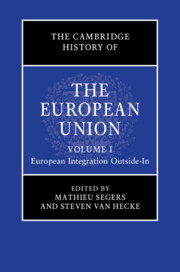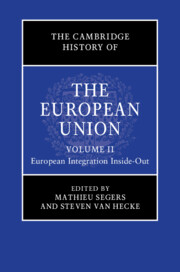2 results in The Cambridge History of the European Union

The Cambridge History of the European Union
-
- Published online:
- 21 October 2023
- Print publication:
- 09 November 2023

The Cambridge History of the European Union
-
- Published online:
- 12 October 2023
- Print publication:
- 09 November 2023

